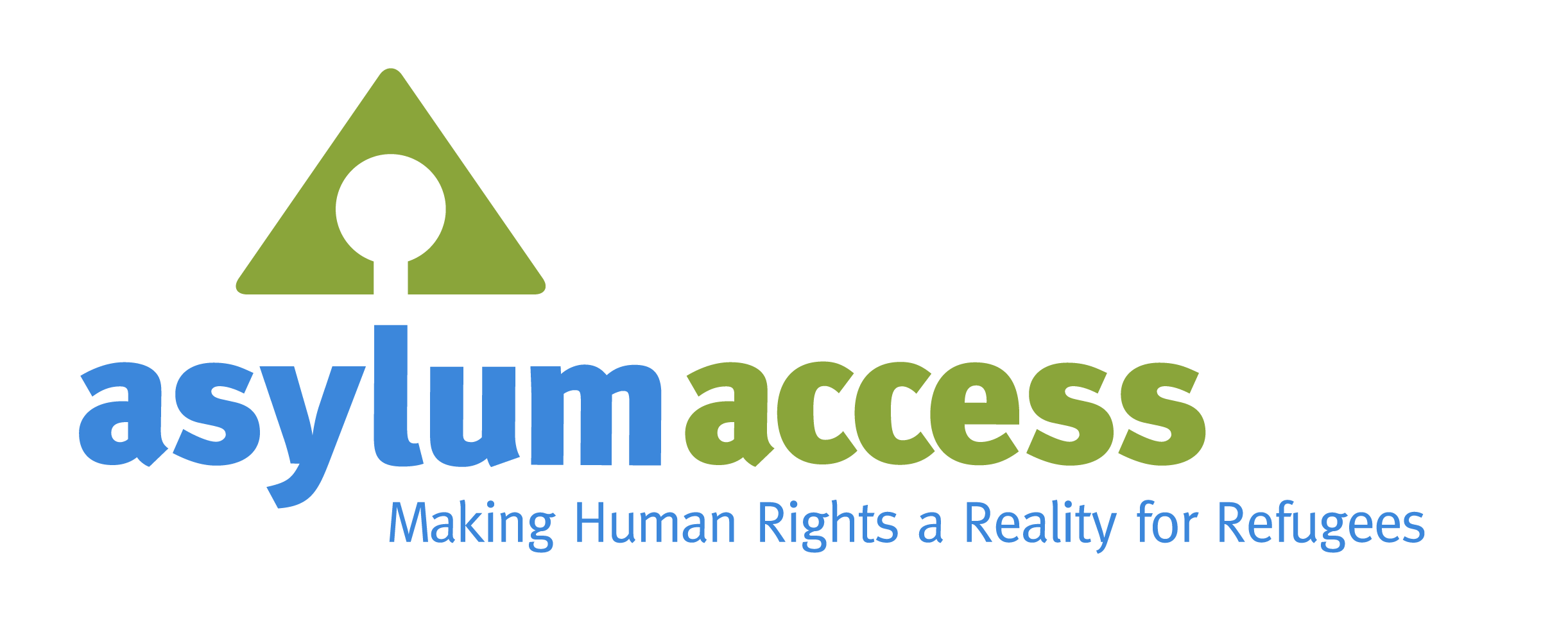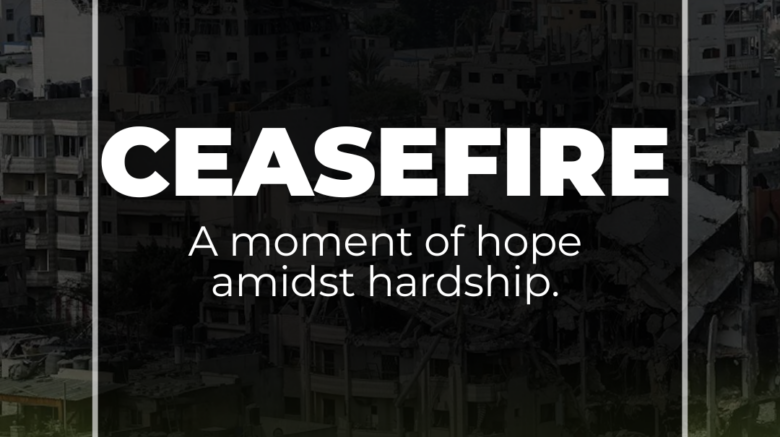The international community welcomes the news of the ceasefire agreement between Israel and Hamas, which, starting next Sunday, would put an end to a genocide that has left deep scars in the region. However, just 24 hours after the announcement, Israeli attacks on Gaza have intensified, exposing the fragility of the truce and creating uncertainty about its durability. Since the ceasefire was announced, and up until the writing of this text, more than 80 Palestinians have been killed in Gaza due to Israeli attacks, more than half of whom are children and women.
The impact of the genocide on the civilian population has been devastating. More than 46,600 Palestinians have lost their lives in Gaza. In the State of Israel, attacks have claimed more than 1,200 lives since October 7, 2023. Nearly 1.9 million Palestinians have been displaced inside Gaza, affecting 90% of its population. Hospitals, schools and homes have been destroyed, leaving thousands without access to basic services. The Gazan health system has collapsed, with 84% of medical facilities damaged or unusable. It is estimated that rebuilding Gaza will take more than 15 years and cost around $50 billion dollars.
Alarmingly, millions of people have nowhere to return. Entire communities have been devastated, and the homes that remain standing are insufficient to house those seeking to return. Where will those who have nowhere to return go? Options are scarce, and rebuilding will be a Herculean task that will require more than just physical repairs. It will require restoring access to basic services, generating employment and, above all, providing psychological assistance to heal the deep wounds left by this war, not to mention the hundreds of thousands of survivors who have been maimed and will live forever with disabilities as a result of this genocide.
The conflict has also taken a heavy toll on professionals working in the region. Since October 7, 2023, at least 163 journalists have lost their lives, most of them Palestinians, while documenting the reality of the genocide. In addition, more than 320 humanitarian workers have been killed in Gaza while providing essential assistance to those most affected by this tragedy.
This cease-fire agreement, brokered by Egypt, Qatar and the United States, opens an opportunity to alleviate the suffering of millions of people caught in hostilities. The real challenge now lies in ensuring the effective implementation of the commitments made. The international community must ensure humanitarian access to meet the immediate needs of the population, prioritize inclusive and sustainable reconstruction, and guarantee the protection of civilians, journalists and humanitarian workers.
As an organization committed to protecting the rights of displaced people, Asylum Access emphasizes the need to ensure justice and accountability for human rights violations committed during this conflict. It is imperative to increase humanitarian support to assist displaced persons and strengthen international protection mechanisms to prevent similar tragedies in the future.
This ceasefire is a significant step, but not a definitive one. The road to recovery and peace will be long and arduous —including the need to end the occupation and ensure the full realization of rights for all. Our commitment as humanitarian actors must focus on ensuring that every effort toward reconstruction respects the dignity, rights and hopes of those who have borne the brunt of this war
Rouba Anka, Interim Co-CEO of Asylum Access.
This agreement, brokered by Egypt, Qatar and the United States, opens an opportunity to alleviate the suffering of millions of people trapped in this conflict. From Asylum Access, we urgently call on the international community to ensure its effective implementation, prioritizing:
- The protection of Palestinian refugees, ensuring their safety and access to their human rights.
- Justice and accountability for human rights violations.
- Equitable access to resources and services for all affected persons, without discrimination.
- Strengthening international protection mechanisms to prevent future tragedies.
What does the implementation of the agreement consist of, in three key phases?
The ceasefire agreement includes three phases of implementation that will be critical in moving toward stability and recovery:
Initial phase:
- Humanitarian opening.
In this first phase, border crossings will be reopened to allow the entry of humanitarian aid, including medical supplies, food and drinking water. This step is crucial to address the immediate needs of the affected population, especially Internally Displaced Persons (IDP) facing extreme conditions. It also includes the evacuation of seriously injured people and the provision of safe corridors for the transport of essential supplies.
Intermediate phase:
- Basic reconstruction.
Once the humanitarian situation has stabilized, basic infrastructure such as hospitals, schools, roads, water and electricity networks will be repaired. This phase also includes the temporary resettlement of displaced families in safe shelters while larger-scale reconstruction projects are evaluated and developed. It is vital to ensure that this process is inclusive and respects the rights of the most vulnerable people.
Long-term phase:
- Comprehensive reconstruction and reconciliation.
The third phase will focus on the comprehensive reconstruction of Gaza and the implementation of measures to prevent future conflict. This includes investment in permanent housing, employment, education and mental health. It will also be crucial to promote political and social reconciliation between the parties, creating the basis for a lasting peace. This stage will require sustained commitment from the international community and a focus on accountability to ensure justice for victims.
Alto al fuego entre Israel y Hamás hacia una paz frágil tras la devastación
La comunidad internacional celebra la noticia del acuerdo de alto al fuego entre Israel y Hamás que, a partir del próximo domingo, pondría un fin a un genocidio que ha dejado profundas cicatrices en la región. Sin embargo, a 24 horas del anuncio, los ataques israelíes sobre Gaza se han intensificado, evidenciando la fragilidad de la tregua y creando incertidumbre sobre su durabilidad. Desde el anuncio del alto al fuego, al menos, y hasta la redacción de este texto, más de 80 personas palestinas han sido asesinadas en Gaza debido a los ataques israelíes, de los cuales más de la mitad son niñas, niños y mujeres.
El impacto del genocidio ha sido devastador. Más de 46,600 personas palestinas han perdido la vida en Gaza. En el Estado de Israel, por otro lado, los ataques han cobrado más de 1,200 vidas desde el inicio de las hostilidades. Cerca de 1.9 millones de personas palestinas han sido desplazadas dentro de Gaza, afectando al 90% de su población. Hospitales, escuelas y viviendas han sido destruidos, dejando a miles sin acceso a servicios básicos. El sistema de salud está colapsado, con el 84% de las instalaciones médicas dañadas o inutilizables. Se estima que para reconstruir Gaza llevará más de 15 años y costará alrededor de 50 mil millones de dólares.
Es también alarmante que millones de personas no tienen a dónde regresar. Comunidades enteras han sido devastadas, y los hogares que permanecen en pie son insuficientes para albergar a quienes buscan regresar. ¿A dónde irán quienes no tienen a dónde regresar? Las opciones son escasas, y la reconstrucción será una tarea titánica que requerirá más que solo reparaciones físicas. Será necesario restablecer el acceso a servicios básicos, generar empleo y, sobre todo, brindar asistencia psicológica para sanar las heridas profundas que ha dejado esta guerra, sin mencionar a las cientos de miles de personas sobrevivientes que han sufrido mutilaciones y vivirán para siempre con discapacidades como resultado del genocidio.
El conflicto también ha cobrado un alto precio entre las y los profesionales que trabajan en la región. Desde el 7 de octubre del 2023, al menos 163 periodistas han perdido la vida, la mayoría de Palestina, mientras documentaban la realidad del genocidio. Además, más de 320 trabajadoras y trabajadores humanitarios han sido asesinados en Gaza mientras brindaban asistencia esencial a las personas más afectadas por esta tragedia.
Este acuerdo de alto al fuego, mediado por Egipto, Qatar y Estados Unidos, abre una oportunidad para aliviar el sufrimiento de millones de personas atrapadas entre las hostilidades. Ahora, el verdadero reto está en garantizar la implementación efectiva de los compromisos asumidos. La comunidad internacional debe asegurar el acceso humanitario para cubrir las necesidades inmediatas de la población, priorizar una reconstrucción inclusiva y sostenible, y garantizar la protección de civiles, periodistas y trabajadores humanitarios.
Este alto al fuego es un paso significativo, pero no definitivo. El camino hacia la recuperación y la paz será largo y arduo, e incluye la necesidad de poner fin a la ocupación y garantizar la plena realización de los derechos para todes. Nuestro compromiso como actores humanitarios debe centrarse en garantizar que cada esfuerzo hacia la reconstrucción respete la dignidad, los derechos y las esperanzas de quienes han soportado la peor parte de esta guerra
Rouba Anka, Co-Directora Ejecutiva Interina de Asylum Access.
Este acuerdo, mediado por Egipto, Qatar y Estados Unidos, abre una oportunidad para aliviar el sufrimiento de millones de personas atrapadas en este conflicto. Desde Asylum Access, hacemos un llamado urgente a la comunidad internacional para garantizar su implementación efectiva, priorizando:
- La protección de las personas refugiadas palestinas, priorizando su seguridad y acceso a sus derechos humanos.
- Justicia y rendición de cuentas por las violaciones de derechos humanos.
- Acceso equitativo a recursos y servicios para todas las personas afectadas, sin discriminación.
- El fortalecimiento de los mecanismos de protección internacional para prevenir futuras tragedias.
¿En qué consiste la implementación del acuerdo en tres fases clave?
El acuerdo de alto al fuego incluye tres fases de implementación que serán fundamentales para avanzar hacia la estabilidad y la recuperación:
Fase inicial:
- Apertura humanitaria
En esta primera etapa, los cruces fronterizos serán reabiertos para permitir la entrada de ayuda humanitaria, incluidas provisiones médicas, alimentos y agua potable. Este paso es crucial para atender las necesidades inmediatas de la población afectada, especialmente de las personas desplazadas internamente que enfrentan condiciones extremas. También incluye la evacuación de personas heridas graves y la habilitación de corredores seguros para el transporte de suministros esenciales.
Fase intermedia:
- Reconstrucción básica
Una vez estabilizada la situación humanitaria, se dará paso a la reparación de infraestructura básica, como hospitales, escuelas, carreteras y redes de agua y electricidad. Esta fase también contempla la reinstalación temporal de familias desplazadas en refugios seguros mientras se evalúan y desarrollan proyectos de reconstrucción a mayor escala. Es vital garantizar que este proceso sea inclusivo y respete los derechos de las personas más vulnerables.
Fase a largo plazo:
- Reconstrucción integral y reconciliación
La tercera fase se enfocará en la reconstrucción integral de Gaza y la implementación de medidas para prevenir futuros conflictos. Esto incluye la inversión en vivienda permanente, empleo, educación y salud mental. También será crucial promover la reconciliación política y social entre las partes, creando las bases para una paz duradera. Esta etapa requerirá un compromiso sostenido de la comunidad internacional y un enfoque en la rendición de cuentas para garantizar justicia a las víctimas.

